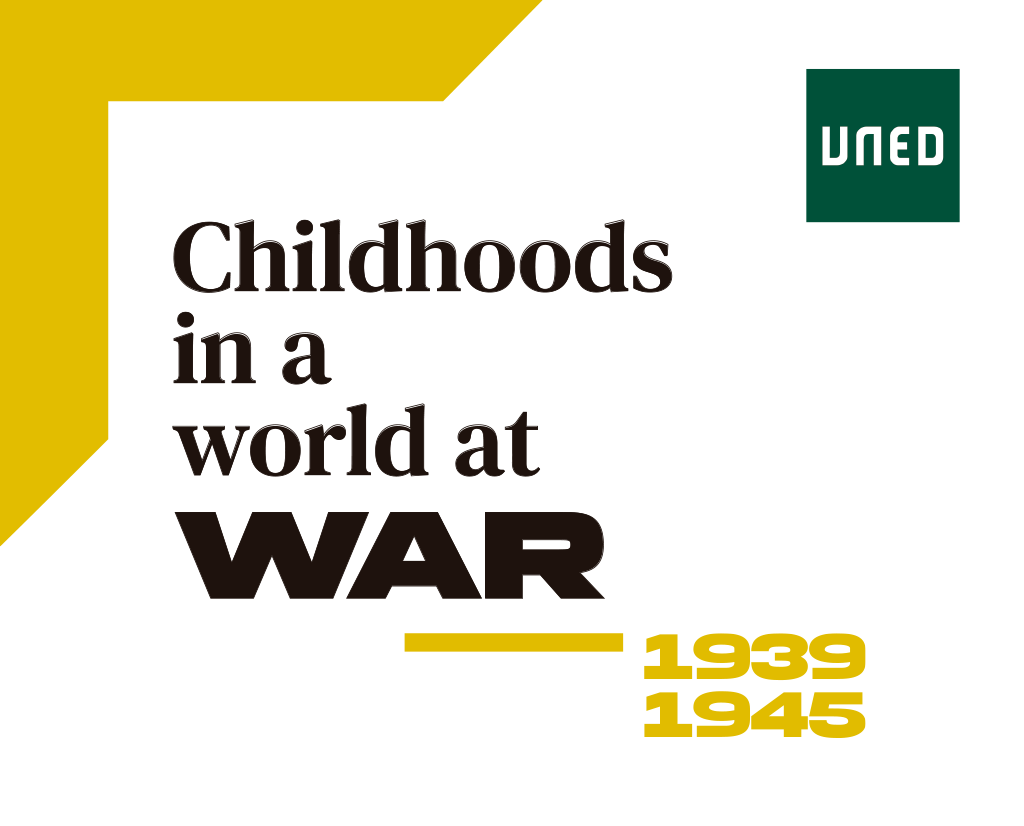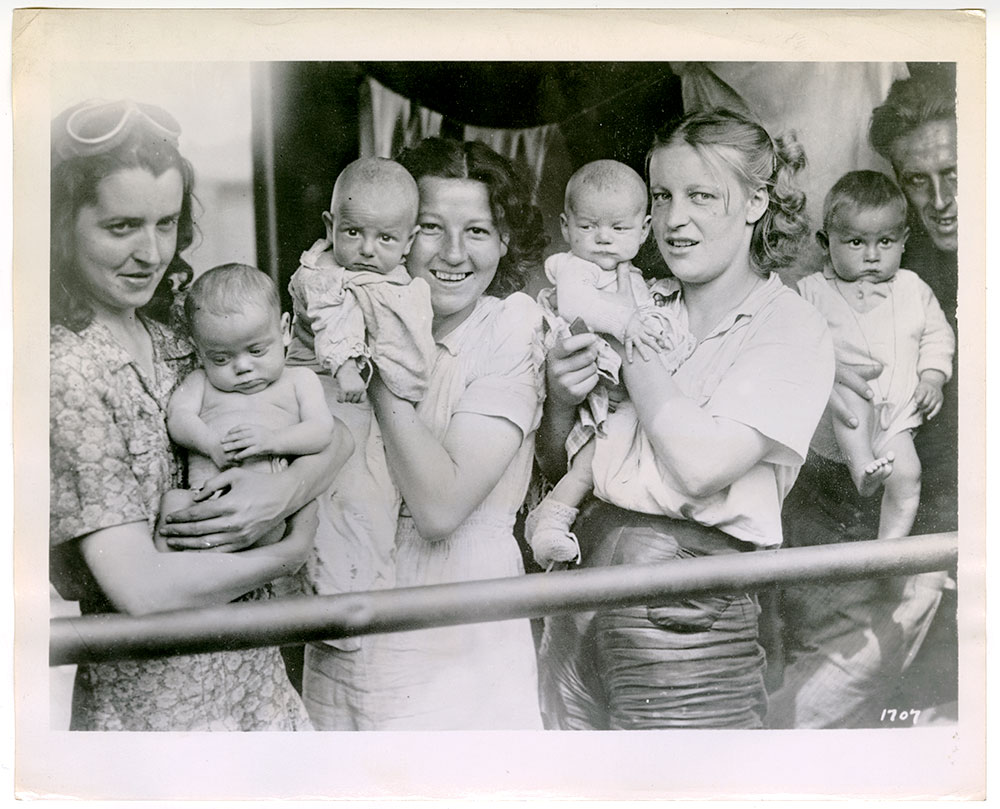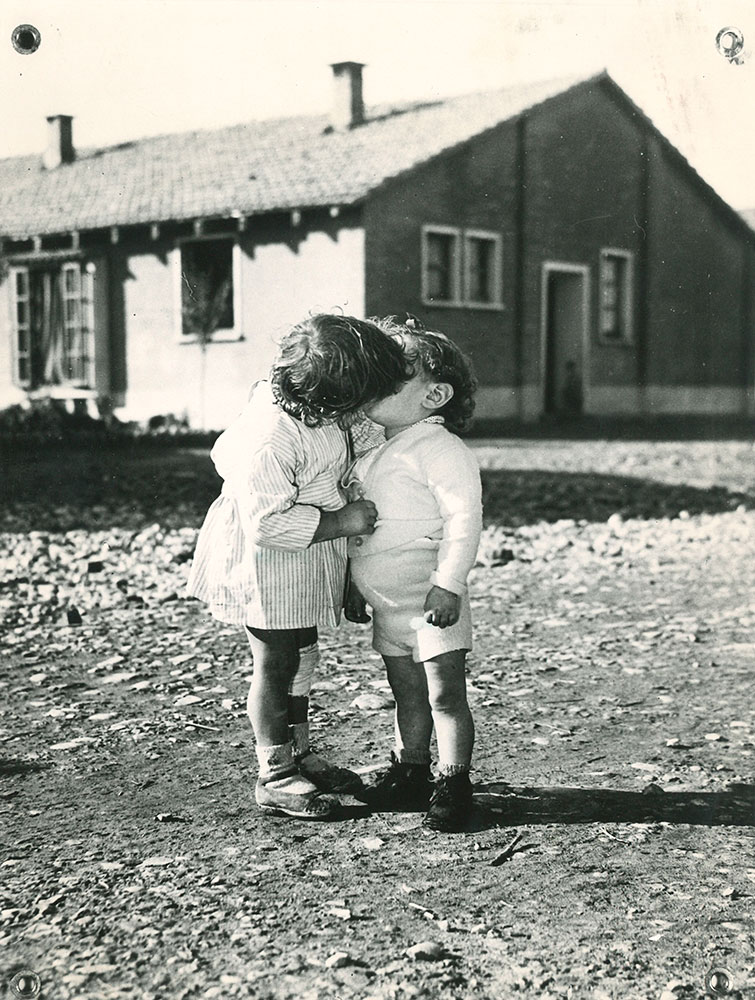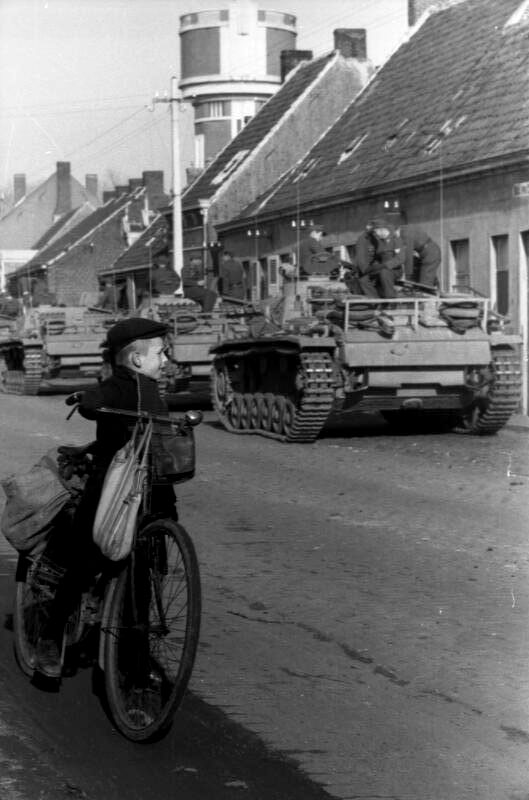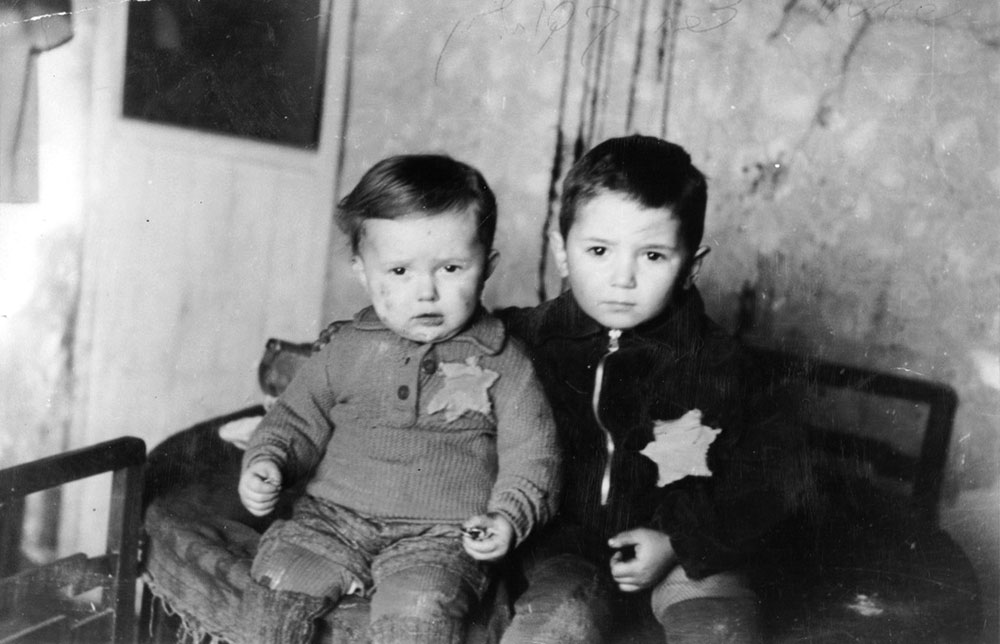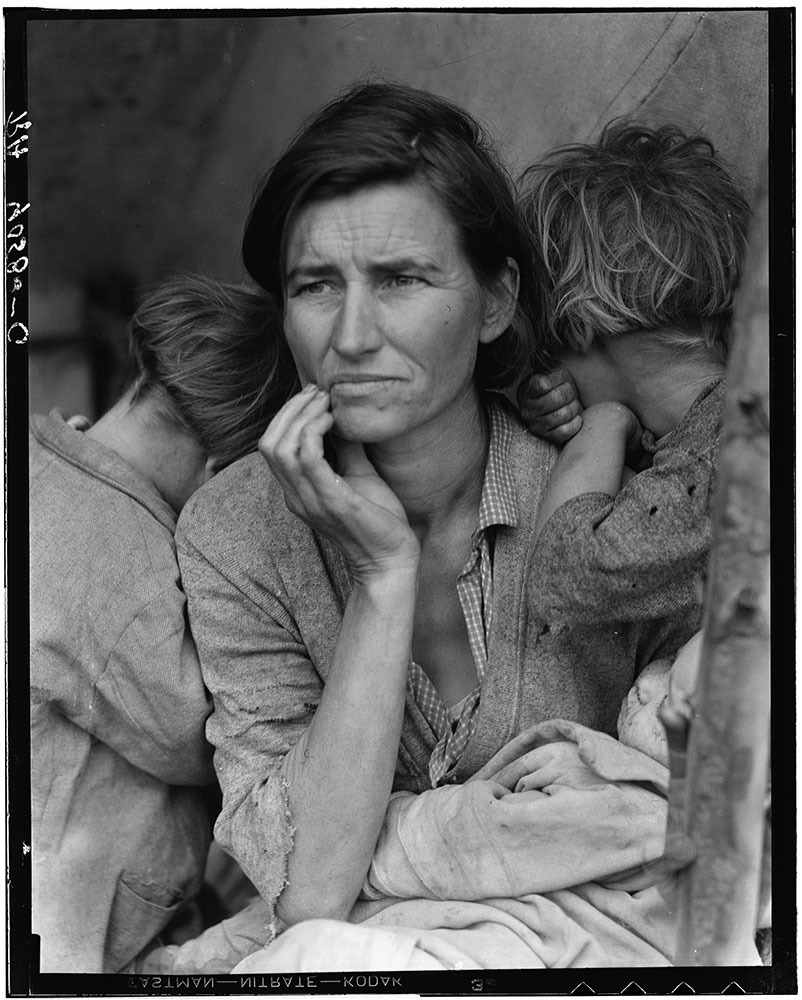After the official end of World War II, the societies involved had to take up the challenge of building peace. The surviving population, combatants and millions of displaced persons, mostly women and children, some of them orphans, were torn between the longing to return home and the determination to start anew in places far away from the trauma and their countries of origin. UNRRA and later the IRO (International Refugee Organization) assumed responsibility for the relief and repatriation of millions of Europeans in a context of devastation, facing diplomatic tensions and a general shortage of resources.
Humanitarian activities played a crucial role in post-war recovery, while awareness of the rights of children and civilians was strengthened through agreements and treaties, such as the Fourth Geneva Convention relative to the Protection of Civilian Persons in Time of War (1949). Our reflection, however, is to critically consider the Pax Europea concept and the enormous relevance of the children’s experiences we have shared today.
The story of the European peace must not overlook the fact that in the post-WWII period more conflicts were unleashed worldwide than in any previous period. Many of these conflicts involved European countries, whether in the context of the Cold War or in the process of decolonization. For this reason, this exhibition seeks not only to capture the history of children in conflict from a global perspective, but also to highlight the values of solidarity and protection as crucial elements of advocacy and learning. Since the beginning of this century, according to Save The Children, one in six children worldwide, approximately 449 million children, have been living in war zones. Moreover, in the last twenty years, according to UNICEF, thirty million have been forcibly displaced, becoming victims of trafficking and facing the consequences of being deprived of access to education.
Every day we are confronted with images in the media documenting the destruction caused by wars, the plight of refugees and the persistent perpetration of crimes. Their testimonial value is undeniable, however, it is essential to question how overexposure contributes to the normalization of these situations and also to ask ourselves about the agency of the protagonists in consenting. The iconic photograph of the Napalm bombing in the context of the Vietnam War depicting a nine-year-old girl, Kim Phuc Phan Thi, whose identity became known over the years, is a case in point. The snapshot, which won the Pulitzer Prize, showed Kim Phuc in the centre of the scene, naked, running away, while numerous photographers portrayed her without, apparently, rendering any help. Years later, the protagonist said: “I just wanted to get away from that picture… I wanted to forget it ever happened, but they wanted everyone to remember it”. Nevertheless, according to The New York Times, the image had a high impact on US public opinion, stoking anti-war sentiment. Two contrasting realities about the same image raise a debate between information and the right to privacy. Similarly, Holocaust survivors have criticized the massive use of images showing naked corpses or moments of liberation from the camps.
With this reality in mind, this exhibition has immersed itself in a profound ethical reflection on the use of images captured in situations of conflict and vulnerability, especially those involving minors and colonial contexts. Therefore, non-offensive material has been carefully selected to avoid showing identifiable faces or perpetuating racial stereotypes, while adding a critical context to their reproduction.
Credits
Commissioners
Luiza Iordache Cârstea
Celeste Muñoz Martínez
Rocío Negrete Peña
organisers
PARTNERS
TEXTS AUTHORSHIP
Luiza Iordache Cârstea
Celeste Muñoz Martínez
Rocío Negrete Peña












